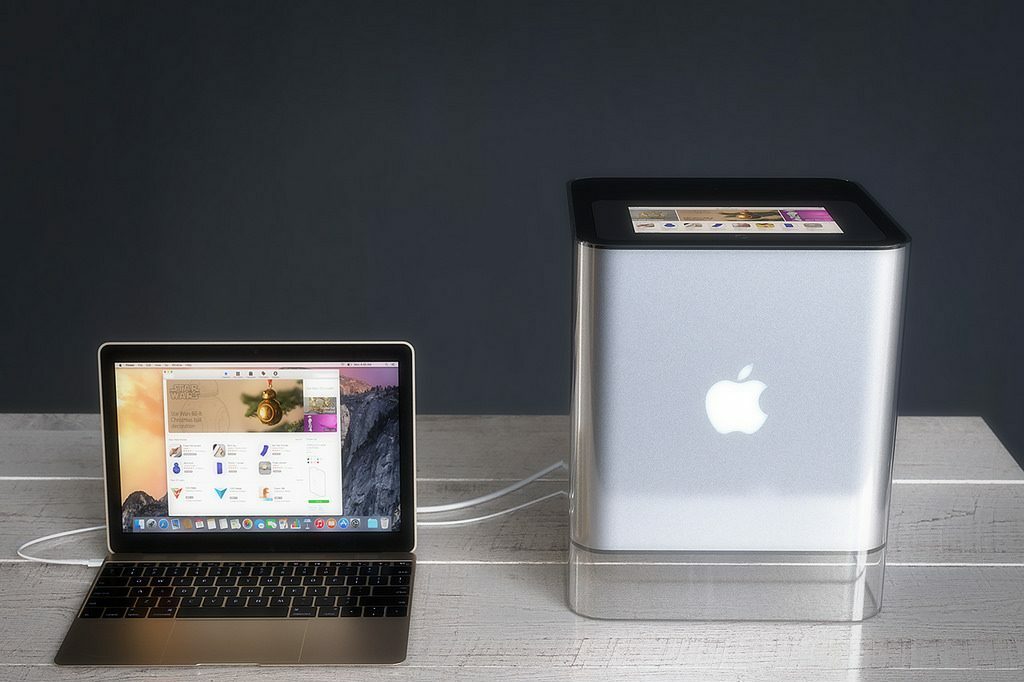Apple’s Use of 3D Printing: The Future of Smartwatch Manufacturing
In a groundbreaking move, Apple is testing the waters of 3D printing technology for its upcoming Apple Watch Series 9. This shift in manufacturing could not only redefine how Apple products are made but also set a new standard for the tech industry.
Key Takeaways:
- Apple is experimenting with 3D printing for the Apple Watch Series 9.
- The technology aims to create the steel chassis of the smartwatch.
- 3D printing could offer environmental benefits and cost savings.
- The technique has been in development for at least three years.
The Advent of 3D Printing in Apple’s Manufacturing
Apple’s use of 3D printing is not a sudden whim; it’s a calculated move that has been in the works for at least three years. The Cupertino-based tech giant is focusing initially on the Apple Watch Series 9, which is set to be released on September 12. The company is using a 3D printing process known as “binder jetting” to create the steel chassis of the smartwatch.
Why 3D Printing?
So, why is Apple turning to 3D printing? The answer lies in the multiple benefits this technology offers:
- Efficiency: 3D printing can significantly reduce the time it takes to manufacture a device.
- Cost-Effectiveness: The technology could potentially lower production costs.
- Environmental Benefits: 3D printing uses less material, making it a more eco-friendly option.
The Technicalities: How Does It Work?
The 3D printing process involves several steps. First, the “binder jetting” technique is used to produce a near-approximate general outline of the device. The material is then passed through a process known as “sintering,” which shapes the material into what feels like traditional steel. Finally, CNC (Computer Numerical Control) is applied to create the exact design and cutouts.
The Environmental Angle
One of the most compelling aspects of Apple’s use of 3D printing is its potential environmental impact. Traditional manufacturing methods often require cutting large slabs of metal, which not only takes time but also generates waste. 3D printing, on the other hand, uses only the material needed, reducing waste and, by extension, the carbon footprint.
Cost Savings: A Boon for Consumers?
While it’s clear that 3D printing could offer cost savings in production, the big question remains: Will these savings be passed on to consumers? Given the competitive landscape of the smartwatch market, this could be a significant advantage for Apple.
The Future: Beyond the Apple Watch
If the experiment with the Apple Watch Series 9 proves successful, Apple may extend the use of 3D printing technology to other products. This could be a game-changer, not just for Apple but for the entire tech industry.
Also read: Qashier Secures $10 Million in Series A Funding: Pioneering the Future of Fintech in Southeast Asia
Apple’s use of 3D printing for the Apple Watch Series 9 is a significant step forward in smartwatch manufacturing. With potential benefits ranging from environmental impact to cost savings, this move could set a new standard for the tech industry. As we eagerly await the release of the Apple Watch Series 9, one thing is clear: 3D printing technology is here to stay, and it’s set to revolutionize the way we think about manufacturing in the tech world.
So, mark your calendars for September 12, and let’s see how this technological marvel unfolds.

















